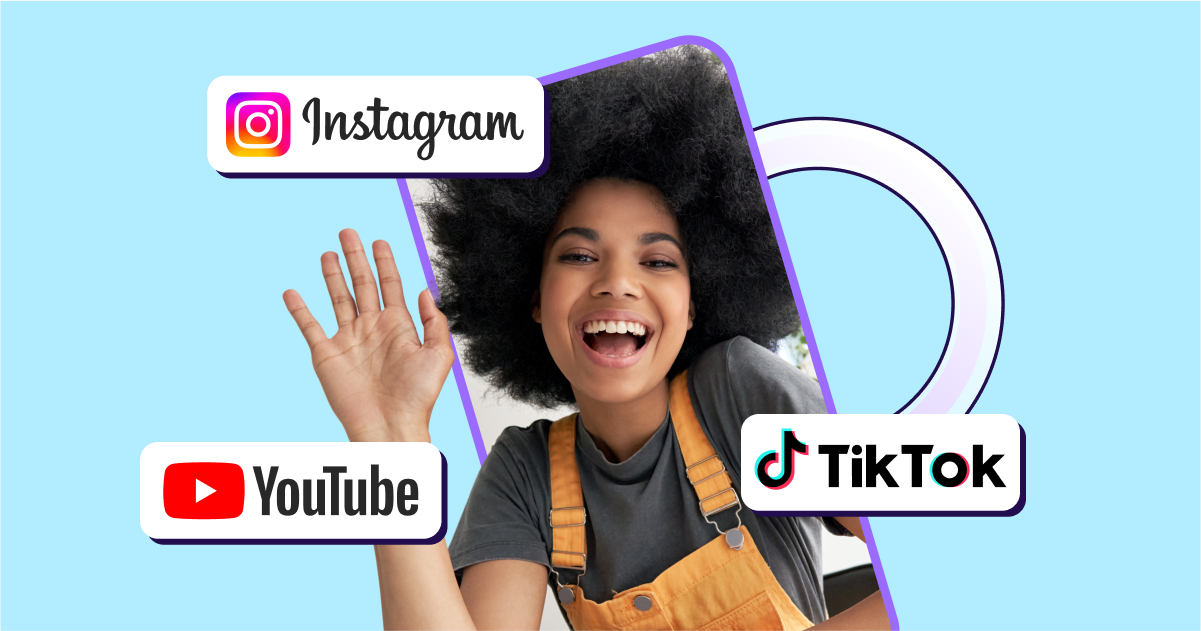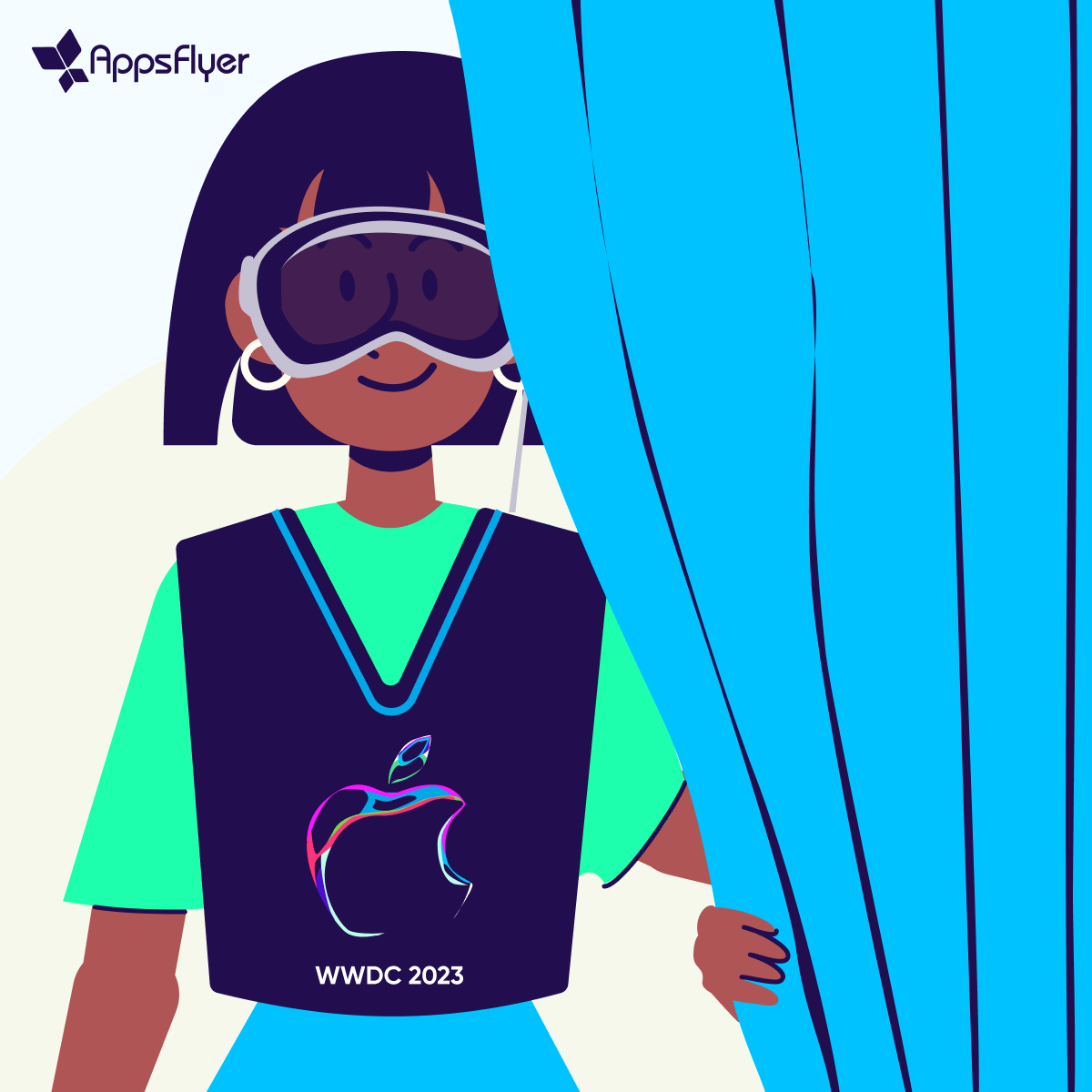
Inside WWDC 2023: All the must-know details

If you’ve been staying up to date with the latest developments at WWDC 2023, you’re probably aware that there’s a wealth of news to digest. After four days of insightful sessions and product announcements, Apple left us with much to explore. In this wrap-up, we’ll feature everything from the new Vision Pro headset to the intriguing new feature known as the “Privacy Manifest”.
Let’s dive in.
Should I start planning for SKAN 5.0?
The short answer is: no. While the industry is still navigating the challenges of implementing SKAN 4.0, Apple delivered a surprising twist by dropping a mention of SKAN 5.0. But no need to worry. This doesn’t indicate an immediate launch of SKAN 5.0. Instead, it signifies Apple’s dedication to enriching SKAdNetwork by incorporating more significant features.
Not much has been revealed about SKAN 5.0. However, it seems like the changes won’t be too drastic compared to SKAN 4.0. Excitingly, Apple’s announcement mentions that SKAN 5.0 will have the capability to support re-engagement – a clear indication that Apple has listened to the market’s feedback, as the demand for re-engagement measurement in SKAN has been a top request from the industry since SKAN 2.0.
Does Apple’s official support for remarketing measurement indicate a move towards privacy-centric targeting and remarketing capabilities, similar to Google Privacy Sandbox? We certainly hope so.
What’s new in privacy?
Starting in spring 2024, there will be a few new privacy requirements that will be added as part of the App Store app review:
1. Privacy Manifests
During WWDC 2022, Apple introduced Privacy Nutrition Labels, offering users a comprehensive overview of how an app handles data. These labels provide valuable insights into the privacy practices of the apps users engage with.
To simplify the process of creating these labels, Apple is introducing a new approach that makes it easier for developers to provide transparent and unified information about their app’s data handling across all third party SDKs. This is accomplished through the use of a file called the Privacy Manifest, which is collaboratively created by both app and SDK developers.
How does it work? App developers and the third-party SDKs they use will need to disclose a list of data types collected and describe their privacy practices. When developers are ready to distribute their app, Xcode simplifies the process by consolidating the Privacy Manifests from all the third-party SDKs they utilize into a unified and user-friendly report. This comprehensive report offers a convenient summary of all the SDKs present in the app, allowing developers to generate more precise Privacy Nutrition Labels with greater ease and accuracy.
To learn more about Privacy Manifests, check out these valuable resources:
Get started with Privacy Manifests – recording from WWDC 2023
Apple’s announcement on Privacy Manifests
2. Required Reason APIs
Some APIs can have particularly high impact on user privacy. However, these APIs could also offer great user experiences when used properly. To strike a balance, Apple has introduced a new type of APIs called Required Reason APIs. These APIs are categorized based on their functionality and the information they provide. Each category has approved reasons for accessing them, like checking available disk space before saving files or using a camera for video conferences. To prevent misuse, apps and SDKs can only access these APIs for approved reasons, and the data obtained cannot be used for other purposes.
To clarify the usage of Required Reason APIs, app developers will be required to declare the API category and specify the reasons for using the API from an approved list in the Privacy Manifest.
3. SDK signature
Apple will publish a list of privacy-impacting SDKs. Apps that incorporate these SDKs will be required to have the SDK signed and publish their Privacy Manifest. While this is only required for SDKs listed as privacy-impacting, we anticipate that it will likely become a best practice adopted by most SDK developers.
Our POV:
At AppsFlyer, we view these updates as a welcome development. Apple’s clearer stance on privacy and its control within app development to comply with ATT is definitely a step in the right direction. It’s all about improving the user experience by being more transparent and giving app developers a better handle on the data they collect and why.
When you dive into the Manifest documentation, Apple lays out two important categories:
- Data collection: They spell out what kind of data can be collected.
- Reasoning: They break down the reasons behind collecting that data.
These resources are all about keeping things transparent and helping developers and end users make smarter choices about data collection in the app ecosystem.
Lost in the buzz: multiple app stores
iOS17 is on the horizon with a lot of exciting features. One feature that has been discussed and anticipated is the addition of new app stores, particularly in Europe. However, at this point, there hasn’t been any official mention of it.
Vision Pro: What’s the opportunity for brands?
One of the exciting highlights from WWDC 2023 was the introduction of Vision Pro, an augmented and virtual reality headset that runs on visionOS. Just like Apple’s previous devices and operating systems, visionOS will provide developers with the opportunity to develop, publish, and monetize apps.
While the public release of this platform is set for 2024, Apple is already encouraging brands to explore and embrace visionOS before the launch of Vision Pro. Much like ChatGPT opened up new possibilities for brands to engage with their users through plugins, Vision Pro is taking it to the next level, unlocking a new realm for developers
At AppsFlyer, we are thrilled about the incredible potential of integrating Vision Pro into our existing cross-platform measurement capabilities. With the ability to measure performance across various platforms including mobile, web, CTV, PC, consoles, ChatGPT and Vision Pro, brands can gain a deeper understanding of their audience and optimize their advertising strategies across diverse channels. This ultimately maximizes the impact of their brand and drives higher customer lifetime value (LTV).
Stay tuned for more updates
WWDC 2023 has brought us some significant announcements that have grabbed our attention. Nevertheless, it’s important to bear in mind that the information shared by Apple at this event is merely a preview with partial documentation. As Apple reveals more details, we can look forward to a more comprehensive understanding of the mentioned features and their implications.




